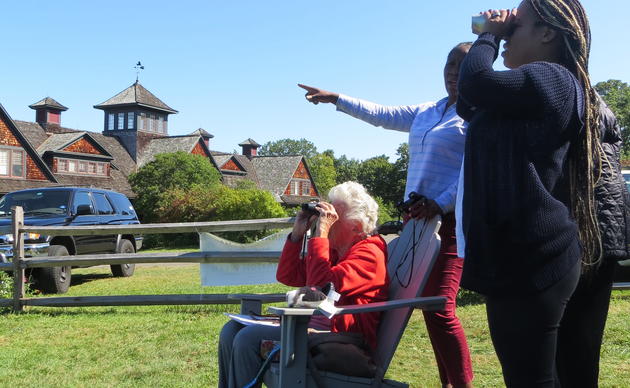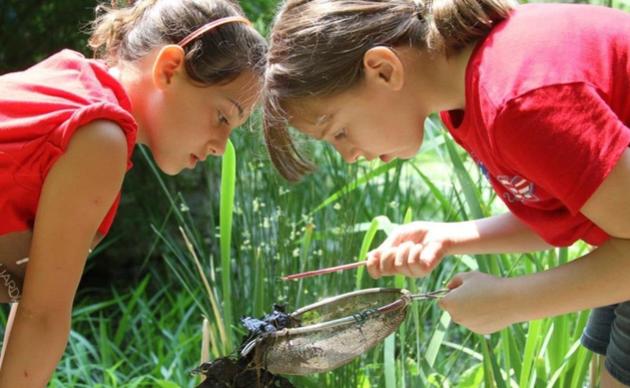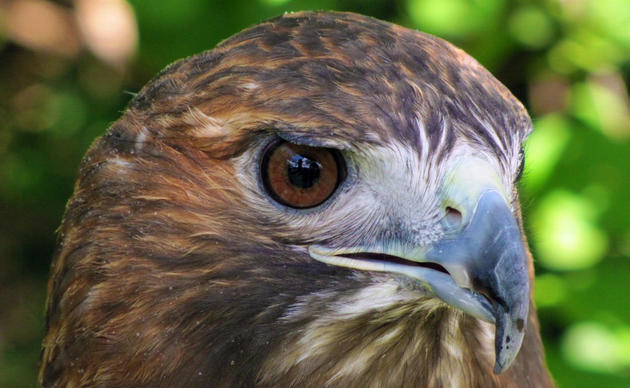Fairchild Wildflower Audubon Sanctuary
Trail Map
Trail Rules - Visitor Guidelines
Hours: Open Daily, Sunrise to Sunset
Location: The entrance, with a small parking lot and a portable toilet, is on North Porchuck Road, 0.5 miles east of Riversville Road. It is located just a few blocks south of Greenwich Audubon Center.
This is one of seven sanctuaries managed by the National Audubon Society in Greenwich. Benjamin T. Fairchild first developed the Fairchild Garden as a wildflower sanctuary on this property's abandoned farmland, which he purchased in 1890. After his death in 1939, Mrs. Elon Huntington Hooker, with the help of local garden clubs, raised the money to pay off the mortgage on the sanctuary. It was donated to the National Audubon Society in 1945. It is not a formal garden, but a natural area, with introduced wildflower species and some interesting rocks in the landscape.
The unique feature of this 135-acre sanctuary is its variety of wetland habitats. These include a stream, pond, wetland meadow, red maple swamp, hillside wetland, emergent freshwater marsh, and a wetland scrub thicket. The sanctuary also boasts 8 miles of trails that wind through deep shady gorges below the canopy of mature deciduous forest and a grove of white pines. The Fairchild Wildflower Audubon Sanctuary has become a favorite local birding hot spot in the late spring and early summer.
The property contains a red maple swamp, a freshwater pond, a hillside wetland, wetland meadow, wetland scrub thicket, emergent freshwater marsh, surface stream, and mature oak-beech-maple forest, and includes many beautiful granite outcrops and deep shady ravines. There are vernal ponds and healthy streams. Most of the wildlife found at Greenwich Audubon Center's Main Sanctuary can also be seen here.
The open wetland meadows support a stunning array of associated plant species, including tussock sedge, cattails, and pink lady slipper orchids. This area is known as an excellent birding spot, especially during spring and fall migration.
Help make the world a better place
Learn & Explore
Where birds thrive, people prosper. Help us transform local communities into places where birds flourish. Learn what you can do to nurture wildlife, nature, and conservation in Connecticut.
Support Our Work
Through land stewardship, science, education, and advocacy, we work to preserve habitat and protect bird species that are of state, national, and global concern. Your gift can make a difference.
Join Our Family
When you become a member of Greenwich Audubon Center, you are nurturing bird-friendly communities and a natural heritage for generations to come. Help us do great things.




